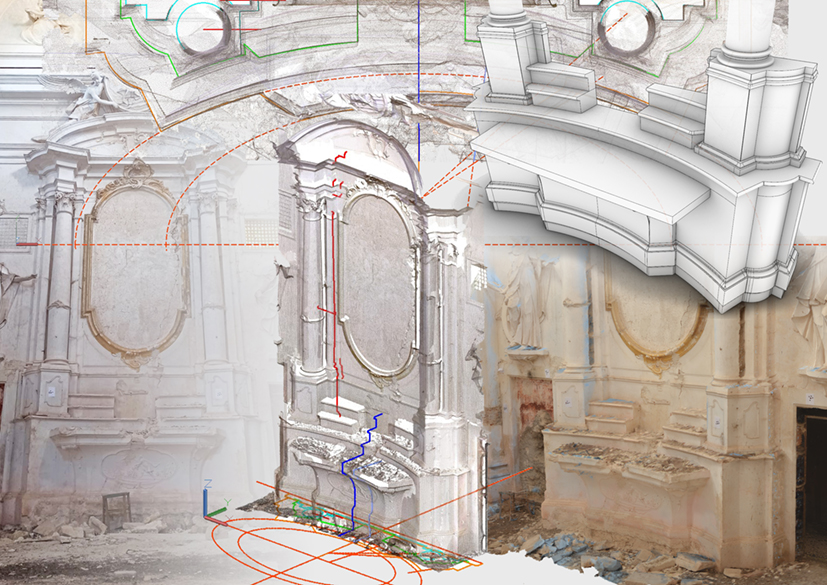
Virtual reconstruction and restoration. Comparing methodologies, practices, and experiences
Abstract
The digital technologies currently in use for the virtual representation of archaeological sites, and architectural artefacts offer researchers and scholars a wider range of possibilities than a few decades ago. The rapid evolution of ICT applied to the Cultural Heritage field has greatly advantaged the archaeological interpretation’s process; the latter, thanks to the development of three-dimensional acquisition, analysis, and visualization methodologies, is now able to extract previously unthinkable information, and to advance reconstructive hypotheses for landscapes, sites and artefacts; moreover, the scientific processes that underlie such works can now become more evident. Especially in the architectural field, ICTs have made clear the interpretation’s process integrating data resulting by the field survey with those relating to the state of surface’s degradation, finally making them readable directly on the virtual models, thanks to accurate ontologies. This has made it possible to create virtual restoration simulations or, when possible, three-dimensional reconstructions based on analytical readings obtained by crossing the documentary sources with the material traces that can be read directly on the artefacts. Over the years, methodologies and operational practices have been developed in the various fields of Archaeology, Architecture, and Restoration relying on both the theoretical basis of the respective disciplines and on scientific principles borrowed from philology and physical restoration. On an international level, numerous research groups have developed approaches focused on scenarios that are very different from one to another; for example the reconstructions of a landscape, at urban or architectural scale, starting from very different scientific and cultural backgrounds.
DOI: https://doi.org/10.20365/disegnarecon.27.2021.ed
Full Text:
PDFRefbacks
- There are currently no refbacks.
Copyright (c) 2021 Ilaria Trizio, Emanuel Demetrescu, Daniele Ferdani
DISEGNARECON
ISSN 1828 5961
Registration at L'Aquila Law Court no 3/15 on 29th June, 2015.
Indexed in SCOPUS. Diamond Open Access. All papers are subjected to double blind peer review process by qualified reviewers.
Journal founded by Roberto Mingucci
